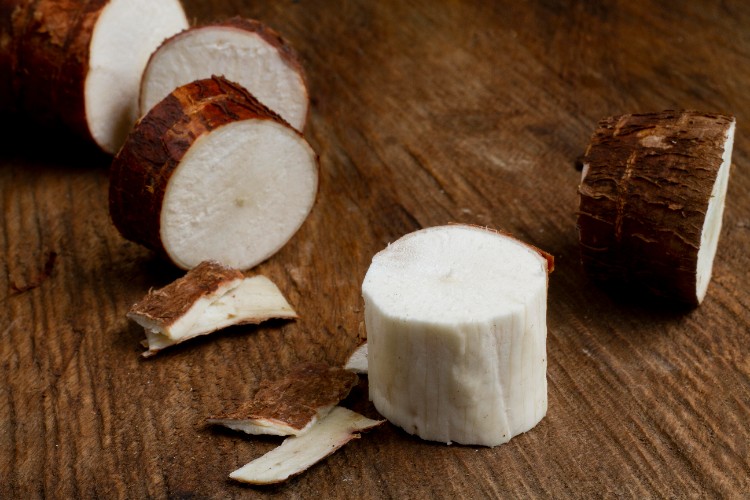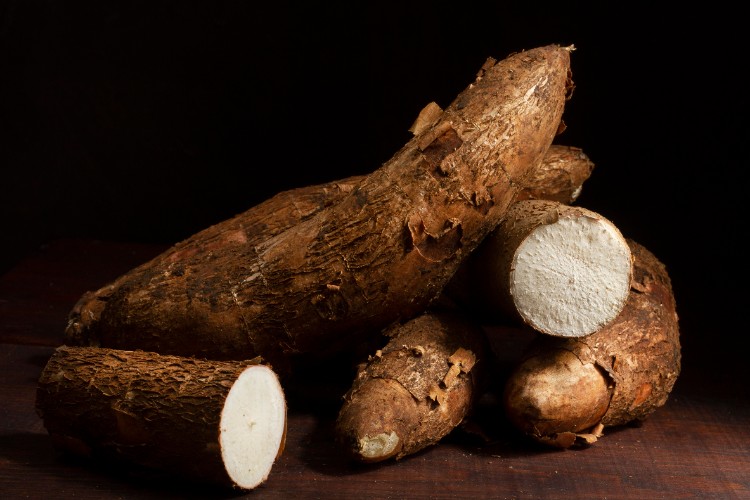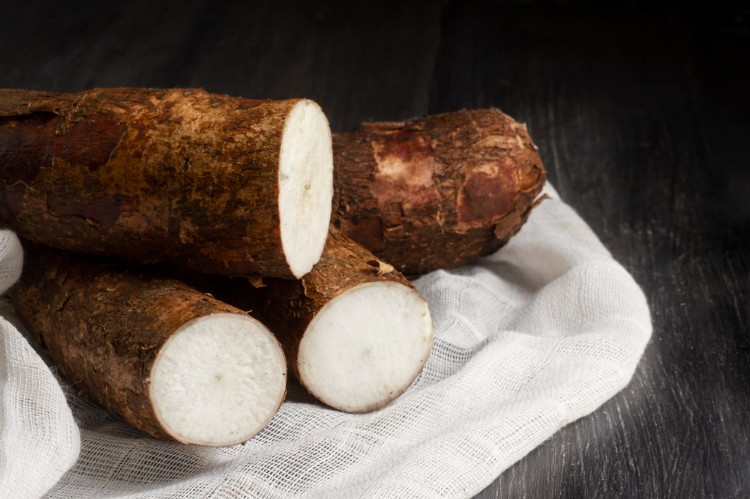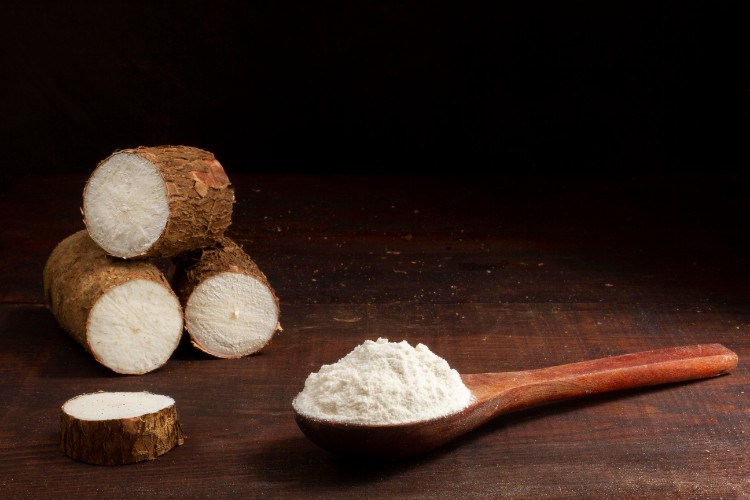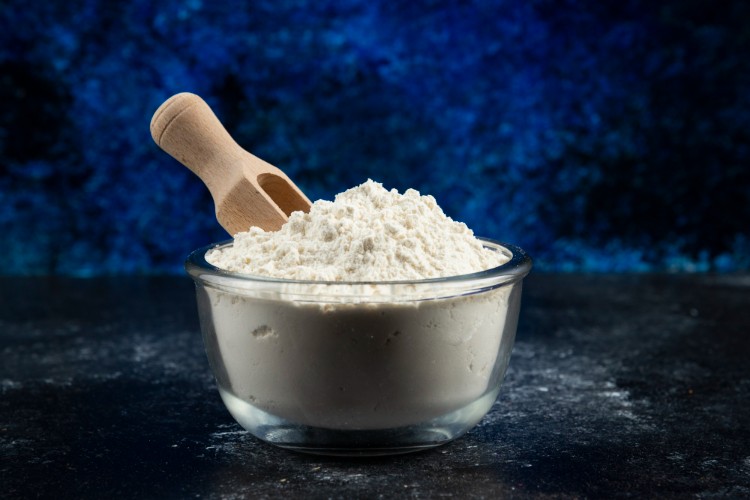Is Tapioca Dextrin Safe to Eat?
Unveiling the Truth
tapioca dextrin, a carbohydrate derived from cassava root, has become a common ingredient in various food products. But is it safe to eat? Many people are curious about its health effects, whether it fits into a gluten-free diet, and how it impacts digestion and blood sugar levels.
We’ll explore everything you need to know about tapioca dextrin, including its benefits, uses, and potential drawbacks. Let’s dive in!
What Is Tapioca Dextrin?
Tapioca dextrin comes from tapioca starch, which is extracted from the cassava root. The starch undergoes hydrolysis, a process that breaks it down into dextrins—smaller carbohydrate molecules. These dextrins are then used as additives in food production.
How Is It Made?
The production process involves:
1. Extraction – Cassava roots are processed to obtain tapioca starch.
2. Hydrolysis – The starch is broken down into dextrins using heat, enzymes, or acids.
3. Refinement – The resulting dextrins are dried and processed into a fine powder.
Common Uses of Tapioca Dextrin
Tapioca dextrin serves multiple purposes in the food industry:
· Thickening Agent – It enhances the texture of sauces, soups, and gravies.
· Binding Agent – In baked goods, it helps hold ingredients together.
· Coating Agent – Provides a crispy layer for nuts and cereals.
· Fat Replacer – Adds a creamy mouthfeel in low-fat products.
Beyond food, it is also used in pharmaceuticals, adhesives, and even textiles!
Nutritional Profile of Tapioca Dextrin
Tapioca dextrin consists mainly of carbohydrates and contains minimal protein, fat, vitamins, or minerals. It provides a source of quick energy but lacks substantial nutritional benefits.
Macronutrient Breakdown (per 100g of tapioca dextrin):
· Calories – 350 kcal
· Carbohydrates – 85g
· Protein – 0g
· Fat – 0g
· Fiber – Varies depending on processing
If you're looking for a fiber-rich option, Organic Resistant Tapioca Dextrin is a better choice because it contains resistant starch.
What Is Resistant Starch?
Resistant starch is a type of carbohydrate that resists digestion in the small intestine. Instead, it travels to the colon, where it acts as a prebiotic, feeding beneficial gut bacteria.
Health Benefits of Resistant Starch
· Improves Digestion – Supports gut health by promoting beneficial bacteria.
· Regulates Blood Sugar – Slows down carbohydrate digestion, preventing blood sugar spikes.
· Enhances Satiety – Keeps you full longer, which may help with weight management.
Tapioca Dextrin and Blood Sugar Levels
People with diabetes or those monitoring blood sugar levels should be cautious with tapioca dextrin. While some types cause rapid spikes in blood sugar, resistant tapioca dextrin has a lower glycemic impact.
Comparison of Glycemic Index (GI) Values:
· Tapioca starch – High GI (~85-90)
· Regular tapioca dextrin – Moderate to high GI (~60-80)
· Organic resistant tapioca dextrin – Low GI (~30-40)
Is Tapioca Dextrin Gluten-Free?
Yes! Tapioca dextrin is naturally gluten-free because it comes from cassava, not wheat, barley, or rye. It’s a safe choice for people with:
· Celiac disease
· Gluten sensitivity
· Wheat allergies
Tapioca Dextrin vs. Other Starches
How does tapioca dextrin compare to other starches?
Starch TypeSourceGluten-Free?Glycemic IndexResistant Starch ContentTapioca dextrinCassavaYesModerate-HighLow (except resistant dextrin)Corn starchCornYesModerateLowPotato starchPotatoesYesHighModerateWheat starchWheatNoModerateLow
Potential Side Effects of Tapioca Dextrin
While generally safe, excessive consumption of tapioca dextrin may cause:
· Digestive Issues – Too much can lead to bloating or discomfort.
· Blood Sugar Spikes – Non-resistant varieties may raise blood sugar levels quickly.
· Nutrient Deficiency – Over-reliance on tapioca dextrin means missing out on essential nutrients.
Tapioca Dextrin in Different Foods
You can find tapioca dextrin in:
· Snack Foods – Chips, crackers, and granola bars.
· Beverages – Protein shakes and nutritional supplements.
· Gluten-Free Baking – Bread, cookies, and cakes.
· Tapioca Pearls – Used in bubble tea for texture.
Should You Eat Tapioca Dextrin?
Here’s a quick summary to help you decide:
✅ Yes, if you:
· Need a gluten-free alternative.
· Want a thickening or binding agent in recipes.
· Choose organic resistant tapioca dextrin for fiber benefits.
❌ Limit intake if you:
· Have blood sugar concerns.
· Prefer whole foods with more nutrients.
· Experience digestive discomfort.
Final Verdict: Safe in Moderation
Tapioca dextrin is safe to eat when consumed in moderation. If you choose Organic Resistant Tapioca Dextrin, you get additional health benefits like better digestion and improved blood sugar control.
For best results, combine it with a balanced diet rich in whole foods!

